However, the joy was not yet complete when teachers spoke up to warn: Excessively high temperatures are making learning dangerous and ineffective.
In Sicily, where temperatures are forecast to reach 33 degrees Celsius (93 degrees Fahrenheit), many small classrooms have turned into “greenhouses” due to a lack of cooling systems. “If it gets too hot, apart from the health risks to the students, we cannot guarantee the quality of teaching,” said Antonino Rinaldo, a school administrator in Palermo.
According to the Italian Ministry of Education , only 6% of schools have air conditioning. This situation not only affects students but also puts teachers at risk, 55% of whom are over 50. The teachers’ union ANIEF says the current school calendar is out of step with climate reality: “We cannot continue as we did 50 years ago when summers are longer.”
As Europe has warmed at twice the global average since the 1980s, regions like Sardinia have called for a review of school schedules. Some schools are being forced to end classes early at noon. But the proposal to extend the summer break has met with resistance from parents, who are already frustrated that a record-long break is putting working-class children at a disadvantage.
Experts say the long-term solution lies not in extending the summer break, but in investing in renovating facilities, upgrading cooling systems and improving energy efficiency. “It is essential that schools are able to open year-round, ensuring safety and protecting children’s right to education,” said Nunzia Capasso, a teacher in Naples.
Source: https://giaoducthoidai.vn/hoc-sinh-italy-buoc-vao-nam-hoc-trong-nang-nong-ky-luc-post749000.html



![[Photo] Keep your warehouse safe in all situations](https://vphoto.vietnam.vn/thumb/1200x675/vietnam/resource/IMAGE/2025/10/1/3eb4eceafe68497989865e7faa4e4d0e)
![[Photo] Hanoi morning of October 1: Prolonged flooding, people wade to work](https://vphoto.vietnam.vn/thumb/1200x675/vietnam/resource/IMAGE/2025/10/1/189be28938e3493fa26b2938efa2059e)

![[Photo] President of the Cuban National Assembly visits President Ho Chi Minh's Mausoleum](https://vphoto.vietnam.vn/thumb/1200x675/vietnam/resource/IMAGE/2025/10/1/39f1142310fc4dae9e3de4fcc9ac2ed0)



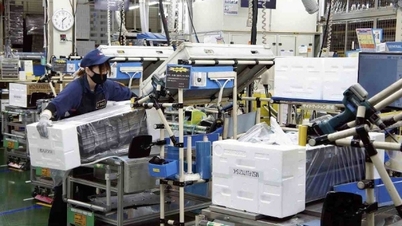

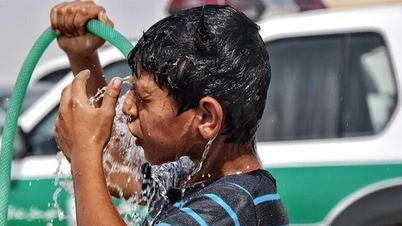


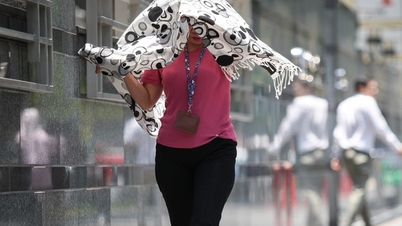
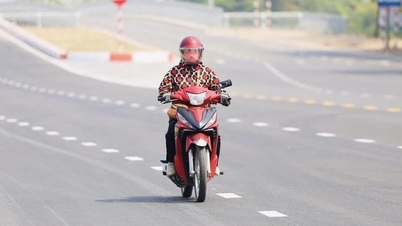




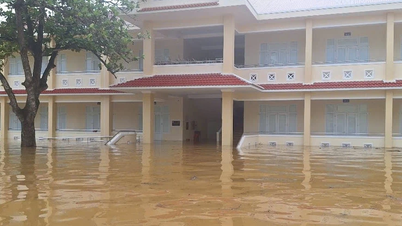


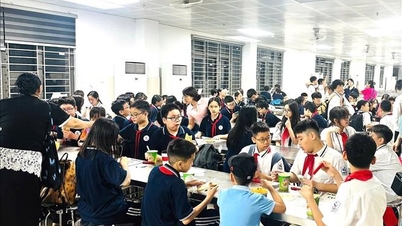





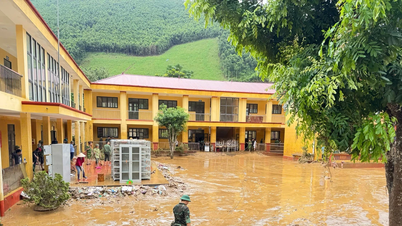
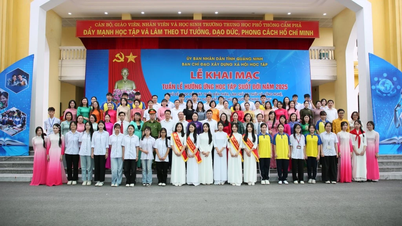
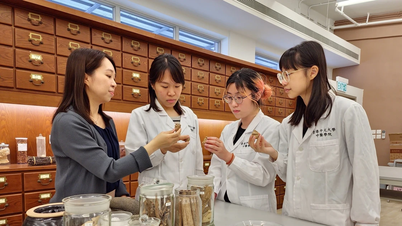
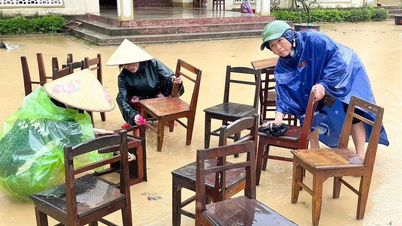
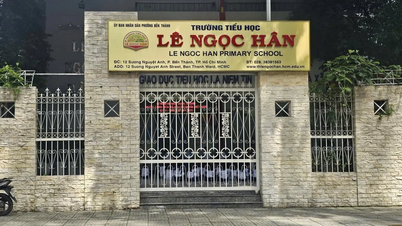
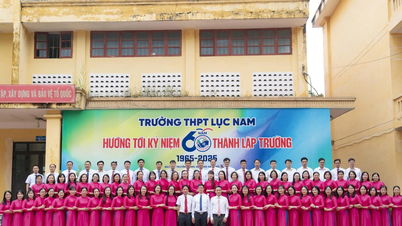































































Comment (0)